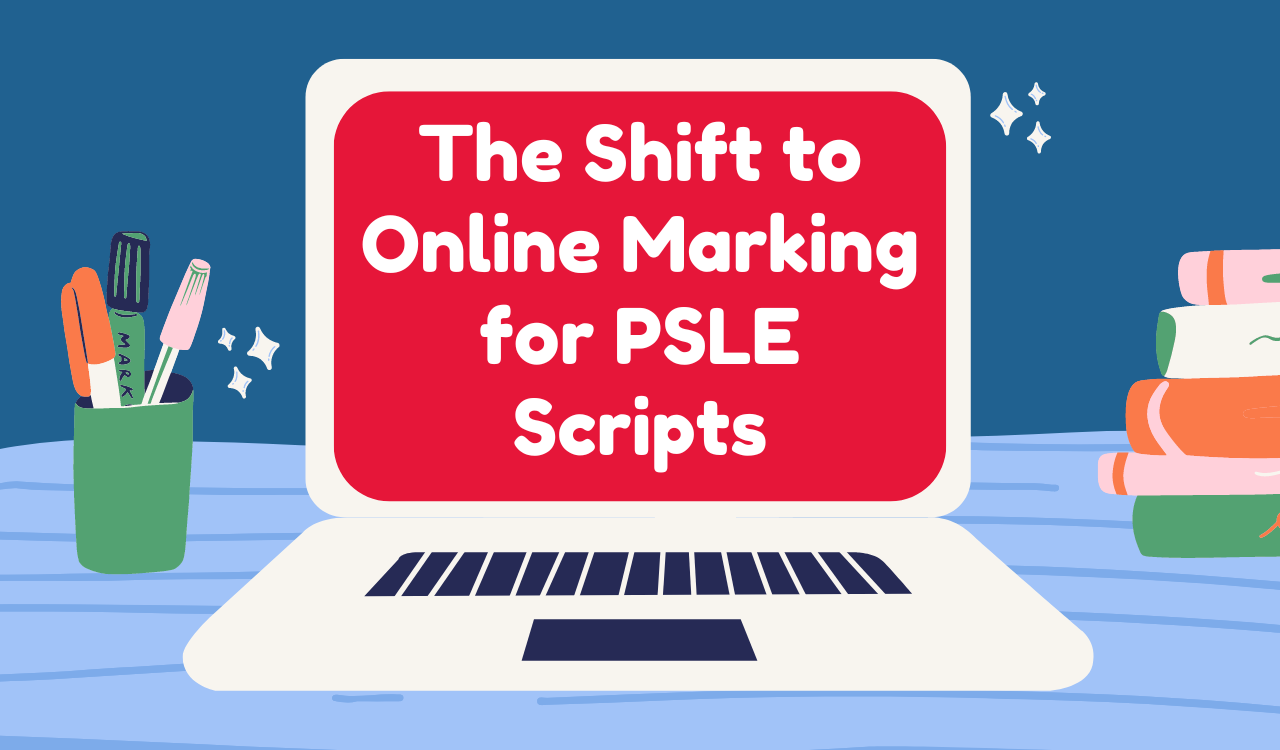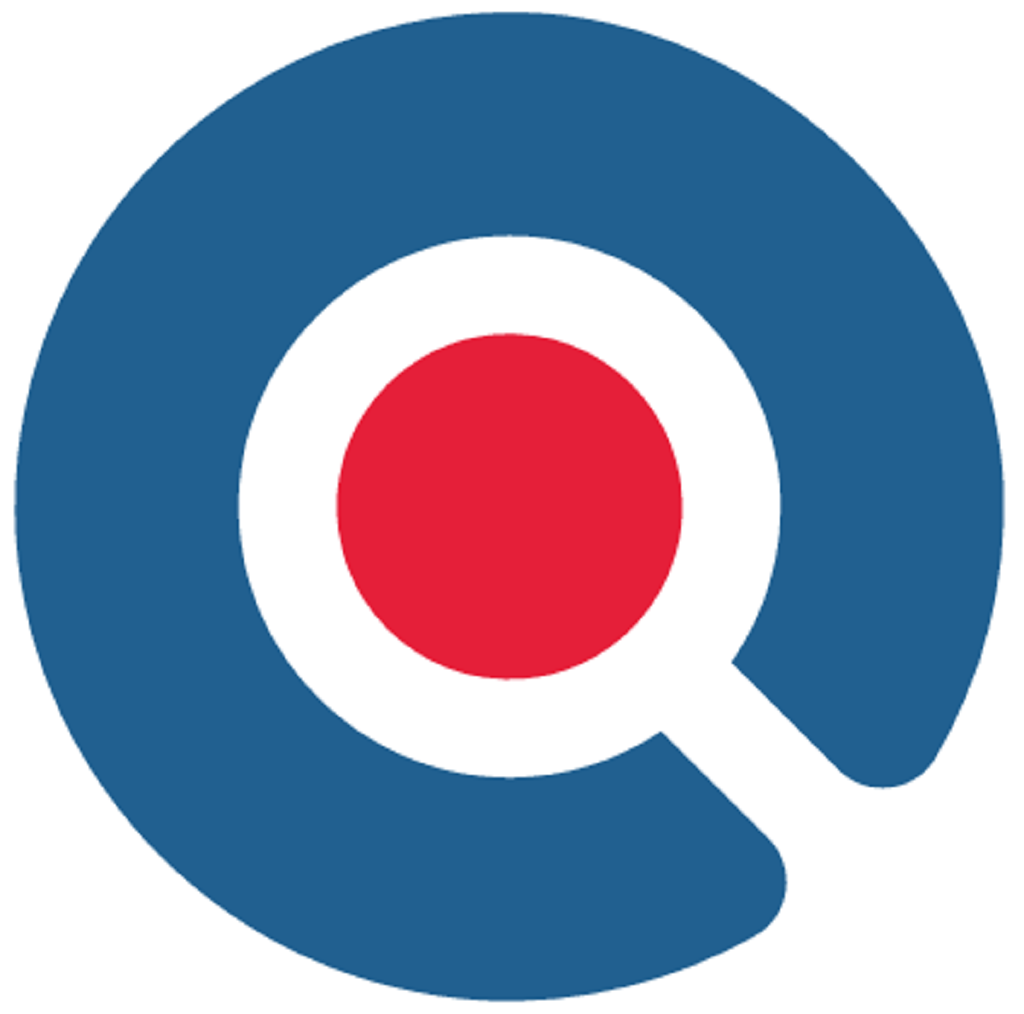The education landscape is transforming, accelerated by technological advances that promise efficiency and novel interaction methods – where teachers are finding themselves amid a digital revolution. With the implementation of technology in various facets of the educational framework, the once Herculean task of marking examination scripts is getting a tech-savvy facelift.
The Primary School Leaving Examination (PSLE) in Singapore, a national examination rite of passage for young students, is now experiencing a significant shift. A recent update from Straits Times informs us about an intriguing development: PSLE scripts will now be marked digitally, harnessing the potential of technology to streamline the grading process.
The E-Marking System
E-marking or electronic marketing is the modern approach to assessing the student’s grade in the PSLE exams. Several digital tools and platforms are used instead of the traditional paper pen approach. this method involves specialized software and reduces the manual time composing process of the teachers or examiners physically reviewing and marking the papers. The process also automates and streamlines the PSLE evaluation system and offers lots of benefits for teachers and students.
The Digital Leap in Education
Integrating digital tools into the educational infrastructure might be one of the most strategic enhancements in the academic field. It’s substantially transforming how educators manage their workload and interact with student output.
Benefits of Digital Marking:
Speed and Efficiency: One of the key advantages of the E marking system is speed and efficiency. It accelerates the PSLE exam assessment process and offers a simplified assessment.
Accuracy and Consistency: Humans are prone to mistakes, but not machines. These automated systems follow the predefined process and ensure that the assessment is highly accurate.
Environmental Impact: One of the common benefits of digitalisation is the environmental sustainability goals. It is an eco-conscious approach to preserving the environment.
Less Burden: As per the report, the number of teachers required for marking the halved when the evaluation is digitized. This also reduces the pressure and the teachers can focus more on the teaching aspects.
The On-Screen Marking Process
During the PSLE exam, the students will write their answers on the answer booklets. Once the exam ends, those booklets will be handed over to the SEAB. For evaluation, the spines of the scripts would be cut by the script-cutting machine. These machines can cut 1000 scripts or 16000 pages in one hour as it uses 2 cutters. The cut scripts are then fed into the Answer Booklet Scanning System.
This system can scan the scripts page by page and each scanner can scan 140 scripts in an hour. All the booklets will have barcodes, QR codes, and identity stickers of the students. This booklet will also have some technical guide that will allow the scanner and software application to find and process the student’s papers.
This system will programmed to automatically check the scanned scripts for errors in the paper. Thus, the first layer of verification reduces human efforts.
Like the paper scripts, the markers will undergo marking practice. So, they can mark fairly with a shared understanding of how to assign the scores. This is followed by the standardisation test before getting approved for the live marking.


